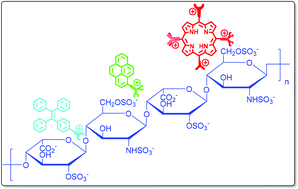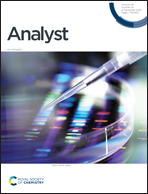Chemical sensors for selective and quantitative heparin sensing
Abstract
Heparin is widely used as an anticoagulant drug in clinics, especially in surgery and dialysis machines. For safe use of heparin, it is necessary to closely monitor its dosage during the application. However, this was determined to be a challenging task because the chemical structure of heparin is very complicated. As a matter of fact, some well-established methods such as activated clotting time assay (ACT) and activated partial thromboplastin time assay (aPTT) were indirect and not accurate enough for monitoring heparin concentration. Therefore, the development of fluorescence sensors for selective, quantitative and fast heparin sensing has attracted much attention. To date, small organic molecule-based sensors, organic–inorganic hybrid materials and supramolecular complexes have been reported for heparin sensing. In this review, the design strategy, working principle and sensing performance of chemical sensors for heparin are discussed in detail with representative examples that have been reported mainly within the past 15 years (up to early 2020). These examples are summarized according to their type of recognition unit and photophysical sensing mechanisms.

- This article is part of the themed collection: Recent Review Articles


 Please wait while we load your content...
Please wait while we load your content...